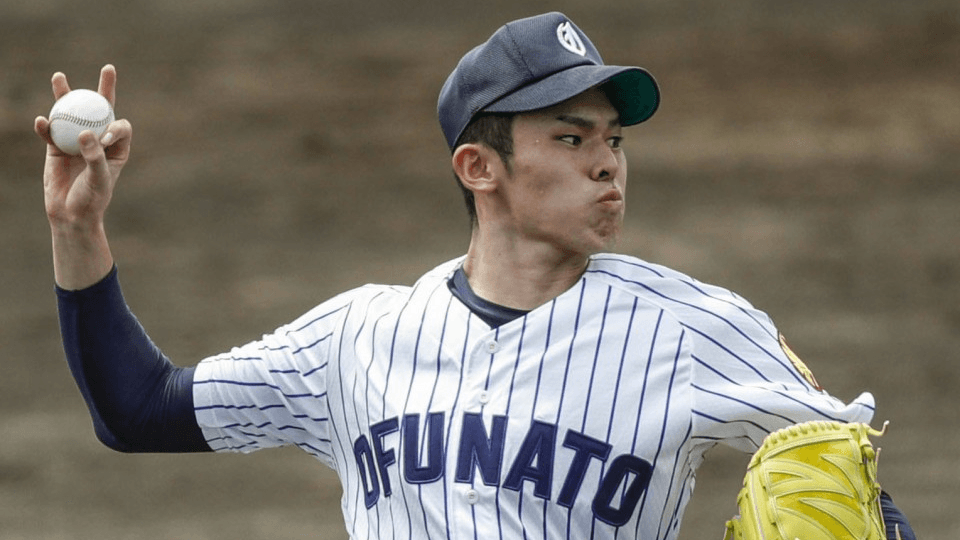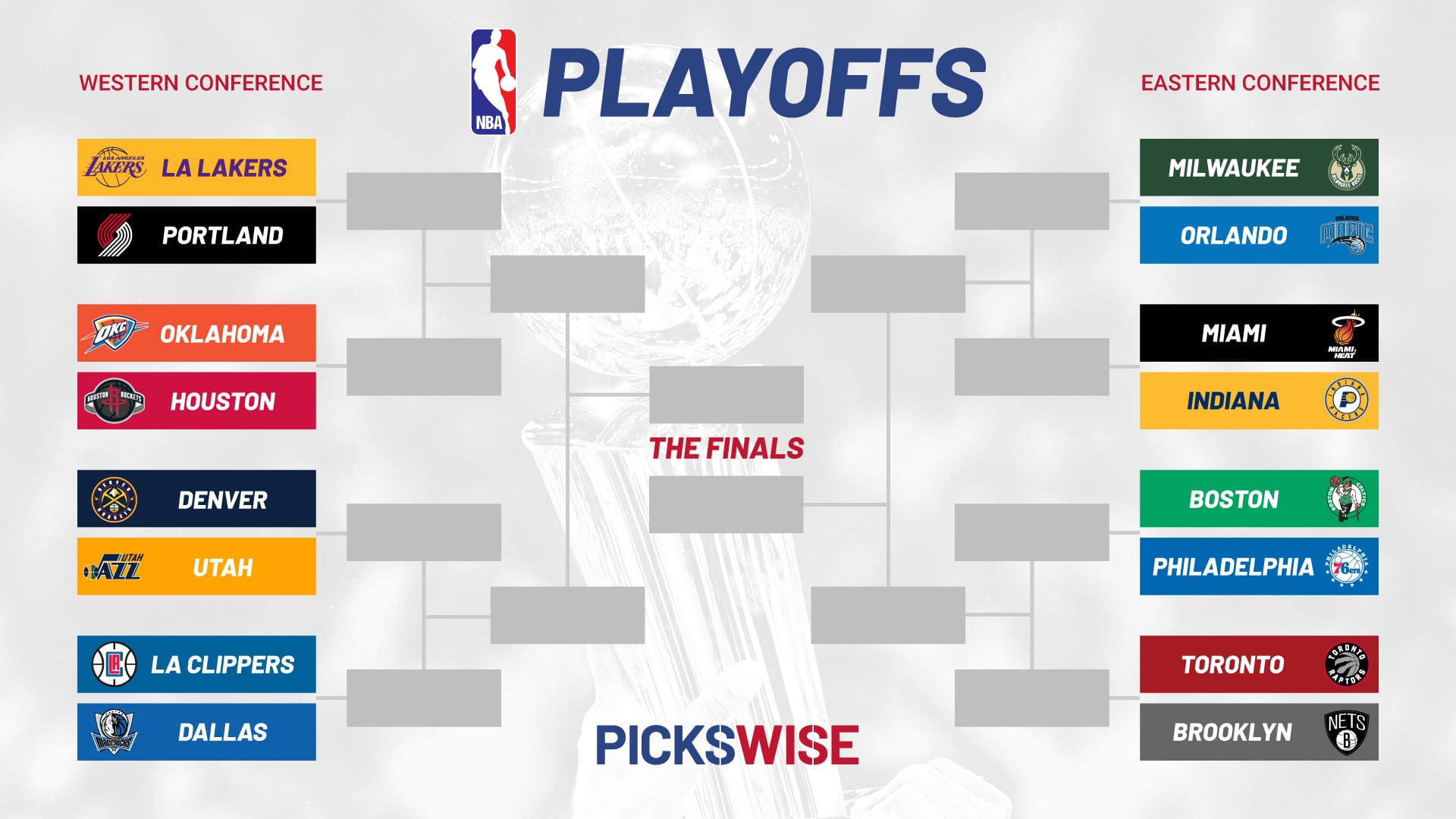The Cincinnati Reds, a team with a storied history in Major League Baseball, are finding themselves in a potentially advantageous position to contend for the services of one of the most sought-after international prospects, Roki Sasaki. The 22-year-old right-handed pitcher from Japan’s Chiba Lotte Marines has garnered significant attention due to his exceptional fastball velocity and a repertoire of advanced secondary pitches. While many teams will undoubtedly be interested, a closer examination of the Reds’ current state, along with the league’s rules regarding international player signings, suggests that they might be a more legitimate contender for Sasaki than initially assumed.
The Reds have, in recent years, been in a rebuilding phase, focusing on developing young talent through their farm system and supplementing those players with strategic acquisitions through trades and free agency. While this approach has produced some promising results, there is a clear need for consistent top-of-the-rotation pitching. The current starting pitching rotation for the Reds displays a mix of young players with potential and some more established veterans. However, the team lacks that true ace-caliber pitcher, the type of player who can dominate a game and reliably anchor the pitching staff. This gap is a recognized organizational need, and addressing it is high on the team’s priority list. The team has recently demonstrated a willingness to invest in talent, both domestically and internationally. While this investment hasn’t always translated to immediate success on the field, it showcases an intent to compete at a higher level.
The financial implications of pursuing a player like Roki Sasaki are substantial. MLB teams must navigate a complex international signing system, which includes restrictions on bonuses and the payment of posting fees to the player’s current club. Under current rules, a player under the age of 25 is subject to international bonus pool limits, meaning teams may only offer set amounts from their limited budget. If Sasaki is posted for bidding before he turns 25, then his acquisition cost would be capped. Teams must also consider the posting fee which is a percentage of the contract that the Japanese team receives. This fee adds an additional financial burden on top of the salary contract the player receives. The Reds are a mid-market team that doesn’t have the same financial resources as teams with massive TV deals, but they have consistently demonstrated a willingness to spend money when they see value. The team has had some success in the past in identifying talent via international scouting and they could be in a strong position to make a calculated offer within their financial capabilities. Recent trades have also created some space on the payroll for future investment, further emphasizing that they are not in a rebuilding mode, but rather a building mode.
The appeal of the Reds as a potential landing spot for Sasaki extends beyond the financial aspects. The team plays in a baseball-centric city with a rich history, and a supportive fan base. This factor can be particularly attractive to international players who are looking to transition into a new environment. While Cincinnati may not have the same national media market as other big-market teams, the environment can allow players to grow and develop without the constant spotlight or scrutiny. A team on the upswing, with young talent that plays an exciting brand of baseball, can be a powerful attraction for a player looking for an environment to thrive.
The Reds’ organization has also seen changes in its baseball operations leadership in recent years, with a focus on modern analytical techniques and a dedication to scouting. The team has built a more comprehensive scouting system that utilizes advanced metrics, coupled with a more traditional approach. This enhanced capability could benefit the pursuit of an international player like Sasaki. Identifying and evaluating international talent requires a deeper understanding of data analytics and statistical analysis, in addition to traditional scouting assessments, and the Reds seem to have made significant strides in those areas.
The logistical challenges of acquiring a player of Sasaki’s caliber should also not be underestimated. This includes navigating complex contract negotiations, providing an adequate support system for an international player who is adjusting to a new culture and language, and ensuring the player’s development and transition to MLB standards. The player will also need help adjusting to the day-to-day schedule and the rigors of a 162-game MLB season. Teams need robust support systems to handle these areas, and the Cincinnati Reds would need to expand their infrastructure to better support the needs of an international player of Sasaki’s stature.
The competitive landscape for Roki Sasaki’s services will be fiercely contested. Numerous MLB teams are looking to improve their pitching and acquire top-tier talent. The competition for players of this caliber is always intense. Teams from both coasts, and multiple big-market franchises, will likely be suitors. The appeal of playing in a major market like New York, Los Angeles, or Boston, as well as the draw of contending for a championship immediately, could make those teams more desirable options for Sasaki. The Reds will need to overcome these perceived disadvantages in order to secure his services.
One of the critical considerations is the timing of Sasaki’s potential posting. If he chooses to wait to become a free agent, meaning he is 25 years old or older, he would no longer be subjected to bonus pool restrictions. This would open up the field for any MLB team to offer him whatever they see fit. The Reds might be able to capitalize on the more stringent international signing restrictions that currently exist, but these rules could significantly change based on Sasaki’s timeline for entering the MLB system. A team, like the Reds, which might find themselves at a disadvantage in an open-market bidding situation for a free agent of his caliber might benefit from signing him under the current international rules.
In conclusion, while the pursuit of Roki Sasaki will be a significant challenge, the Cincinnati Reds possess a combination of factors that make them a realistic, if not a probable, contender. Their need for top-level pitching, coupled with their demonstrated willingness to invest in talent and a continually improving organizational infrastructure, makes them a plausible landing spot. The team’s ability to navigate the complex international signing rules, while also being able to provide a supportive development environment, will be the main determining factors. Although the Reds may not be the favorites to sign Sasaki, their potential pursuit is certainly a scenario worth monitoring closely by fans, analysts, and front offices across the MLB. The potential rewards for acquiring a talent of his caliber could have a positive impact for years to come. It’s worth noting that the success of this endeavor is not guaranteed, but their position is such that it makes the possibility an interesting consideration. This is a situation that will be driven by many factors outside of the Reds’ control, but their potential involvement is something that warrants continued attention. The Reds have shown a commitment to building a contending roster, and their moves have placed them in a position to bid on talent across many venues, not solely in free agency or through trade. Their focus on international talent and scouting could help them obtain a player of Sasaki’s standing, if he becomes available. The upcoming months will be crucial for not only the Cincinnati Reds, but also other teams vying for international talent.



